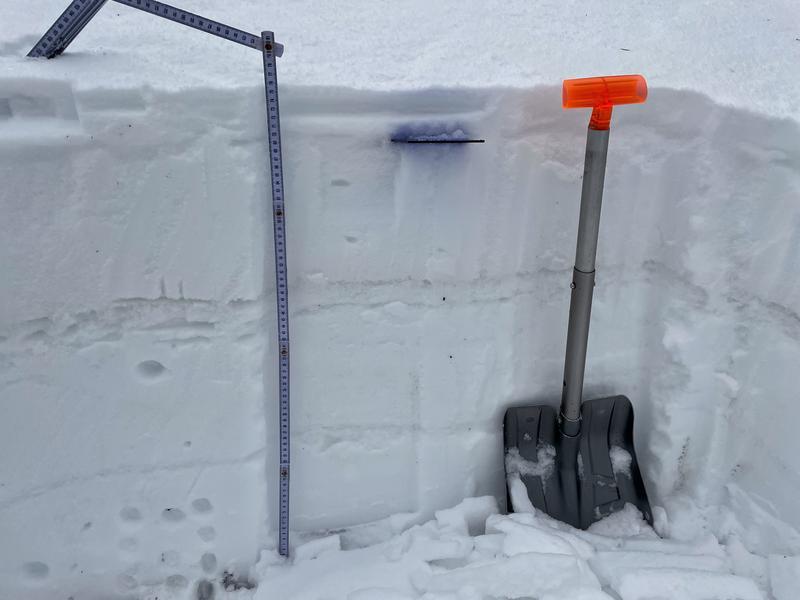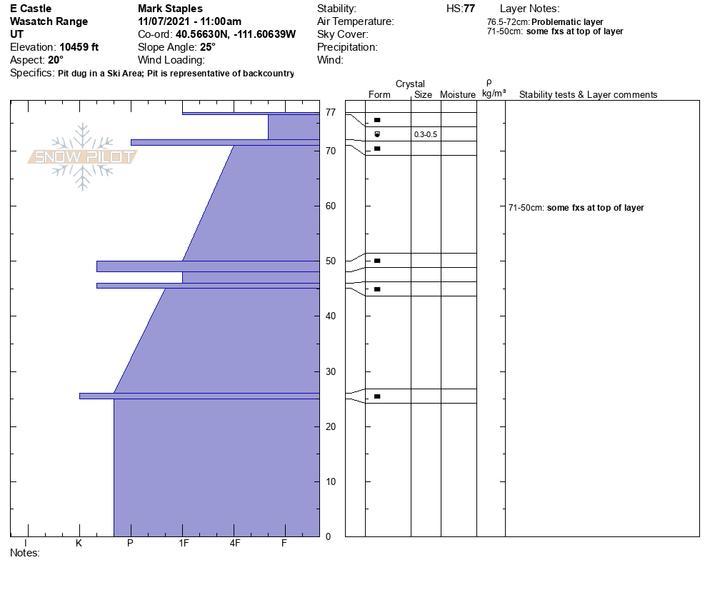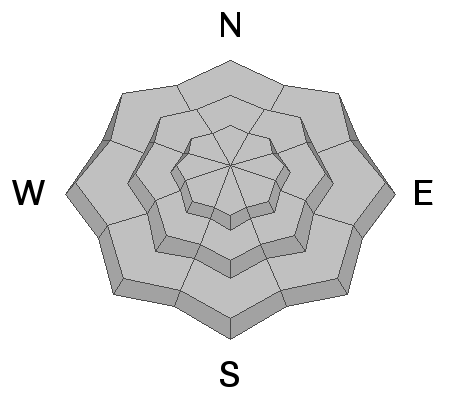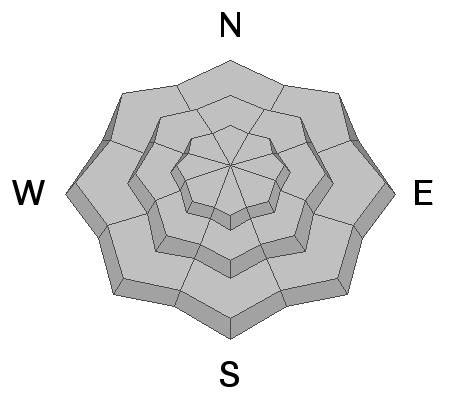Forecast for the Provo Area Mountains

Issued by Mark Staples on
Wednesday morning, November 10, 2021
Wednesday morning, November 10, 2021
Tuesday's storm delivered up to 11 inches of dense snow accompanied by winds from both the south and west. Wednesday morning soft slabs of both wind drifted snow and new snow could be triggered but should be stabilizing through the day unless they are resting on some weak faceted snow that formed on the old snow surface near several ice crusts.
We will be issuing intermittent updates and publishing backcountry observations as they arrive. When we begin regular forecasts, we will begin issuing avalanche danger ratings.
A few things to remember:
- Triggering any avalanche regardless of its size can produce serious trauma even if it doesn't bury you because the snowpack is so thin.
- Hitting rocks and stumps is a real danger. Don't end your season before it starts with an injury from hitting one of these obstacles.
- Early season avalanches are a real possibility. It doesn't matter if you are hiking, hunting, skiing, etc., be prepared with the correct rescue gear and a partner. Many people have died during early season snowstorms.
- Ski resorts all have different uphill travel policies. These closed resorts that allow uphill travel can be great places to get in a little skiing especially in you know of a rock-free slope, but it should be treated as backcountry terrain.
We will be issuing intermittent updates and publishing backcountry observations as they arrive. When we begin regular forecasts, we will begin issuing avalanche danger ratings.
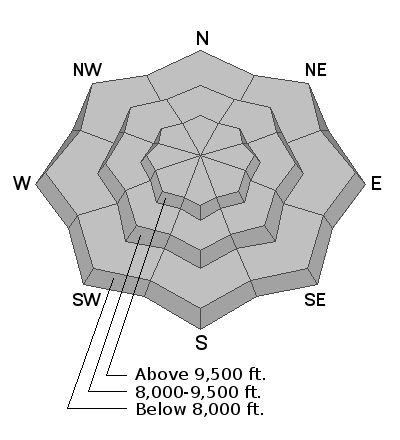
Low
Moderate
Considerable
High
Extreme
Learn how to read the forecast here


